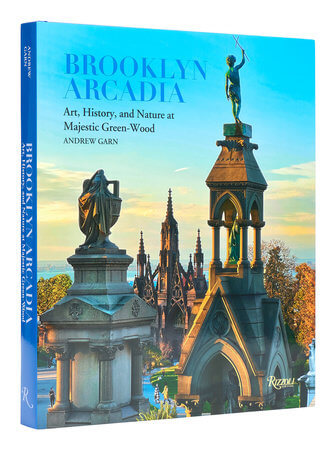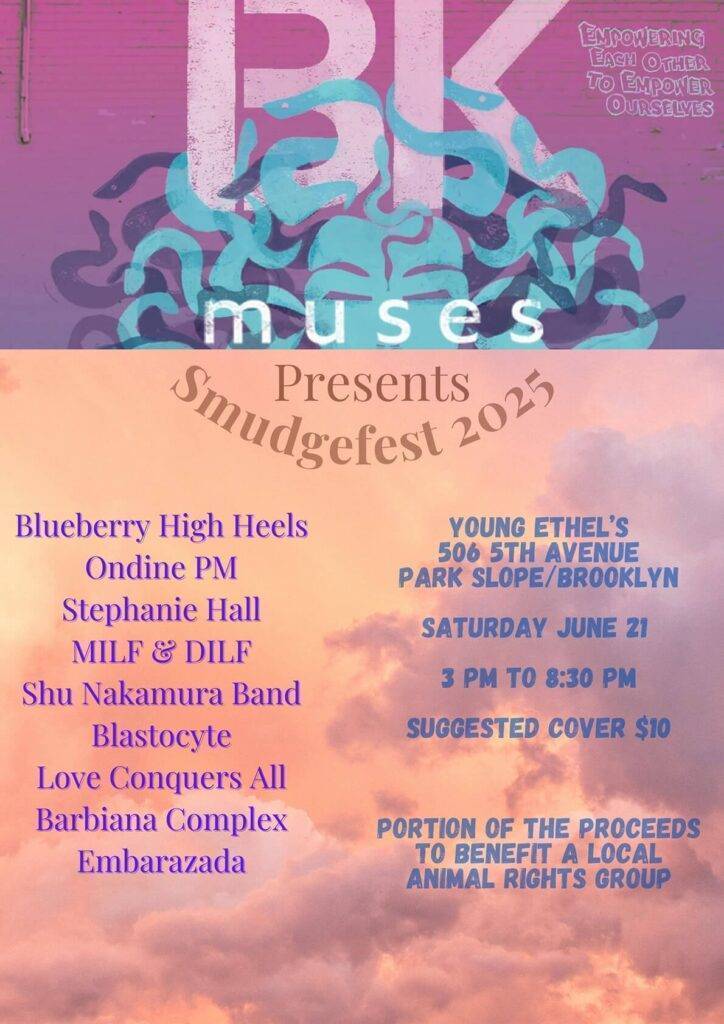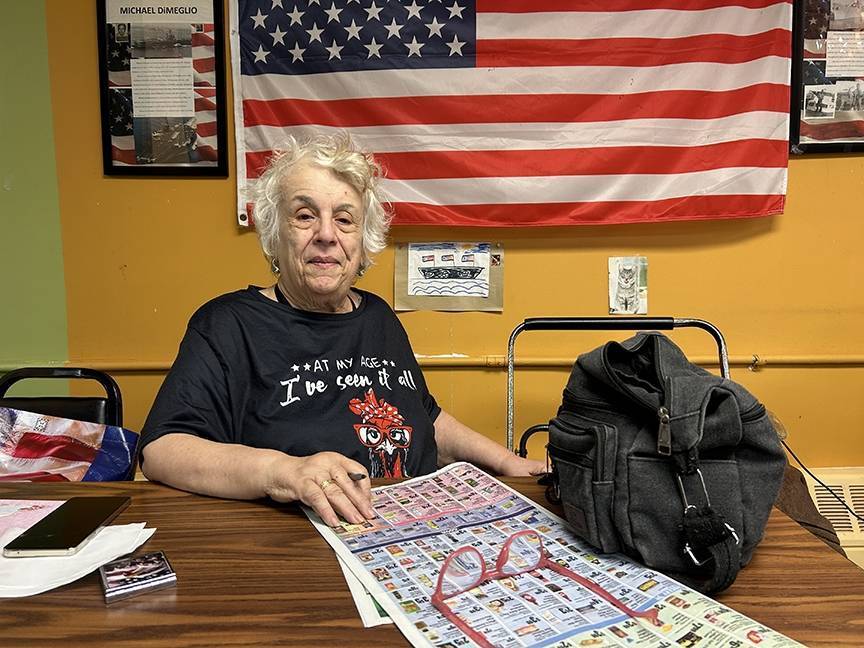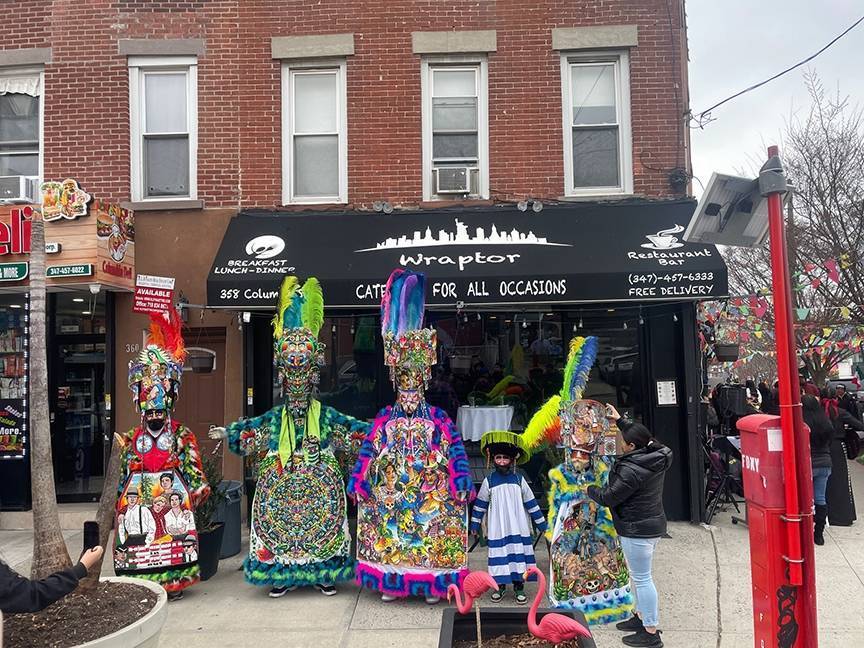Cemeteries freak some people out. My mother, who grew up in Queens, is still traumatized from an experience she had as a little girl. Her family visited dead relatives every Sunday. Once, she peeked into a mausoleum window and saw a baby carriage. She never got over it.
I grew up differently. Perhaps as a result of my mother’s unhappy memories, my family had no traditions around honoring the dead. We only occasionally went to a cemetery for a funeral. Yet, as an adult, I find cemeteries peaceful and seek them out wherever I go.
Several years ago, I visited Paris’s famous Père Lachaise. While many flock to the final resting place of musician Jim Morrison, I was almost hypnotically drawn to a particular, unremarkable-looking mausoleum. Through the ancient glass, I could make out the names Henri and Alice—the names of my maternal grandparents. A coincidence?
As it turns out, Père Lachaise inspired the creation of a cemetery closer to home: Green-Wood, whose 478 acres border many Brooklyn neighborhoods, including South Slope, Windsor Terrace, Kensington and Sunset Park. In 1838, Henry E. Pierrepoint set aside Green-Wood’s original 175 acres while plotting the city’s grid. Crowds soon flocked to its green hills and glacial lakes. The place proved so popular for day trippers and picnickers that it, in turn, inspired the creation of Central and Prospect Parks.
While first and foremost a working cemetery, Green-Wood is also a National Historic Monument (with stunning examples of nineteenth-century architecture), an accredited arboretum (with thousands of trees) and an arts hub (offering site-specific installations, concerts, lectures, films and more).
Green-Wood is open 365 days a year. While there are four different entrances, enter through the iron gates on Fifth Avenue for the grand experience. Walk up a sloping hill and look up as you pass through its gothic archway. Bright green monk parakeets, rumored to have escaped a JFK shipment decades ago, have made their twiggy home there. Seeing Green-Wood for the first time, a friend marveled, “It’s like something out of ‘Harry Potter.’”
Still skeptical? A gorgeous new book might convince you to make the trek. “Brooklyn Arcadia,” a stunning coffee table book by fine art and editorial photographer Andrew Garn, celebrates Green-Wood’s 570,000 permanent residents (including artist Jean-Michel Basquiat, composer Leonard Bernstein and journalist Pete Hamill) and honors its art, history and nature.
Garn has grouped his photographs by theme (architecture, trees, animals and so on), all of which seem sorted by a larger cycle of life, death and rebirth. Maps, architectural drawings and archival photographs round out the offerings, accompanied by detailed, informative captions and brief, insightful essays by historians, tour guides, urban naturalists, conservationists and the like, all seemingly gobsmacked by how incredible this place is.
Garn got the idea for the book wandering around the cemetery during the pandemic. Each time he visited, he discovered something new. Battle Hill (the highest point in Brooklyn), with breathtaking views of Manhattan and the Statue of Liberty. Stone angels crumpled in grief or raising their arms heavenward. Elaborate urns. Gnarled and twisted lichen-covered trees. Tiffany stained-glass windows. Towering obelisks. Ornate metal gates. Wildflower meadows dotted with beehives (a beekeeper told me the pollen from Linden trees gives the honey its distinctive minty flavor). Koi fish. Skunks.
Garn’s camera takes us into mausoleums (above-ground tombs), vaults (built into hillsides) and catacombs (“a sort of apartment house for a middle-class clientele”)—Green-Wood hosts concerts in one of these because the acoustics are so incredible. It also offers trolley and walking tours, nature walks and birdwatching. Is there anything this place doesn’t do?
That expansive sense of possibility seems hugely important to Green-Wood’s president, Richard J. Moylan, who wrote the book’s foreword. His father cleaned and repointed monuments, and Moylan has worked here pretty much his whole adult life, cutting lawns during law school and working his way up through the ranks. He writes, “Like New York City, Green-Wood is evolving while still honoring its past. (Actually, I would say Green-Wood has done a much better job with that second part.”) So, it seems he believes there’s even more that Green-Wood can become.
Even after 50 years, Moylan still feels inspired walking through Green-Wood’s arch. I feel it, too. A few steps in, and I just breathe easier. Is it all the trees or something more? As Garn writes, Green-Wood provides a “respite for the living, history for the curious and a moving sense of the human belief in some experience existing beyond death.”
If you’ve never been, Green-Wood is worth a visit. And “Brooklyn Arcadia,” a special book about a special place, is a perfect way to commemorate your first trip. It would also make a lovely gift—for a nature lover, a history buff or a mom, who might be surprised at all the beautiful things a cemetery can be.









